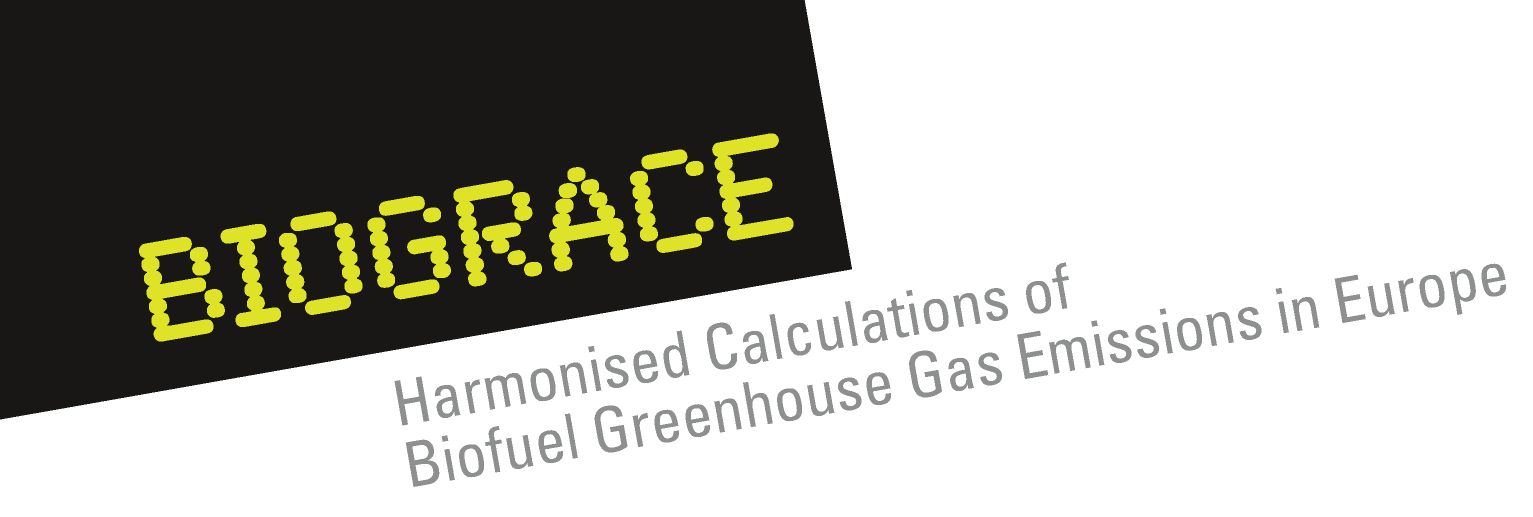Harmonising calculations of biofuel greenhous gas emissions
The EU funded project BioGrace aims to harmonise calculations of biofuel greenhouse gas emissions and thus supports the implementation of the EU Renewable Energy Directive and the EU Fuel Quality Directive into national laws
In 2009 the European Union set sustainability criteria for biofuels with the legislation of the Renewable Energy Directive (2009/28/EC) and the Fuel Quality Directive (2009/30/EC). Greenhouse gas (GHG) emission savings from biofuels must be at least 35% compared to fossil fuels; this figure rises to at least 50% by 2017, and 60% by 2018 for biofuels produced in new installations.
How to calculate these GHG emission savings?
The Directives give default values for GHG emission savings of 22 biofuel production pathways (Annex V of the Renewable Energy Direcitve or Annex VI of the Fuel Quality Directive). For economic operators who want or need to do the calculations themselves a formula is given; the formula states that total GHG emissions are the sum of emissions from cultivation, processing and transportation of the biofuels. Yet the directives do specify neither the "standard conversion values" nor the "input numbers" that were used to obtain the default values.
Input numbers are for instance the amount of fertiliser to grow rape or the amount of electricity and natural gas to convert rapeseed into biodiesel. Standard conversion values accordingly are the emissions of nitrous oxide or carbon dioxide per kilogramme of nitrogen fertiliser or per megajoule of natural gas. These are required to convert input numbers into GHG emissions. Without uniform standard conversion values to be used, economic operators could freely choose the most favourable ones. This would lead to differences in results among economic operators, even when the calculations have been made for the same shipment of biofuel. The difference in results could be as high as 10%, 20% or even more.
Funded by Intelligent Energy Europe for a two-year period, eight European bioenergy organisations work together in the BioGrace project for solving this problem – with BIOENERGY 2020+ being the Austrian project partner. The BioGrace project will retrace and publish how the default values were calculated and elaborate a uniform and transparent list of standard conversion values for GHG calculations. The goal is that at least 20 out of 27 EU member states will refer to the list of standard conversion values in their national legislations implementing the Renewable Energy Directive and the Fuel Quality Directive which has to be done by December 2010. In addition government owned user-friendly GHG calculators of Germany, the Netherlands, Spain, and the United Kingdom will also be harmonised.
BIOENERGY 2020+ will contribute by delivering a communication plan, the project website, and other communication tools. Furthermore it is responsible for policy maker contacts to Austria, Hungary, Lithuania, and Slovenia, as well as organising a public workshop for representatives from these four countries.
Project website:
www.biograce.net
Contact persons at BIOENERGY 2020+
Dina Bacovsky
Nikolaus Ludwiczek
2010-07-22
